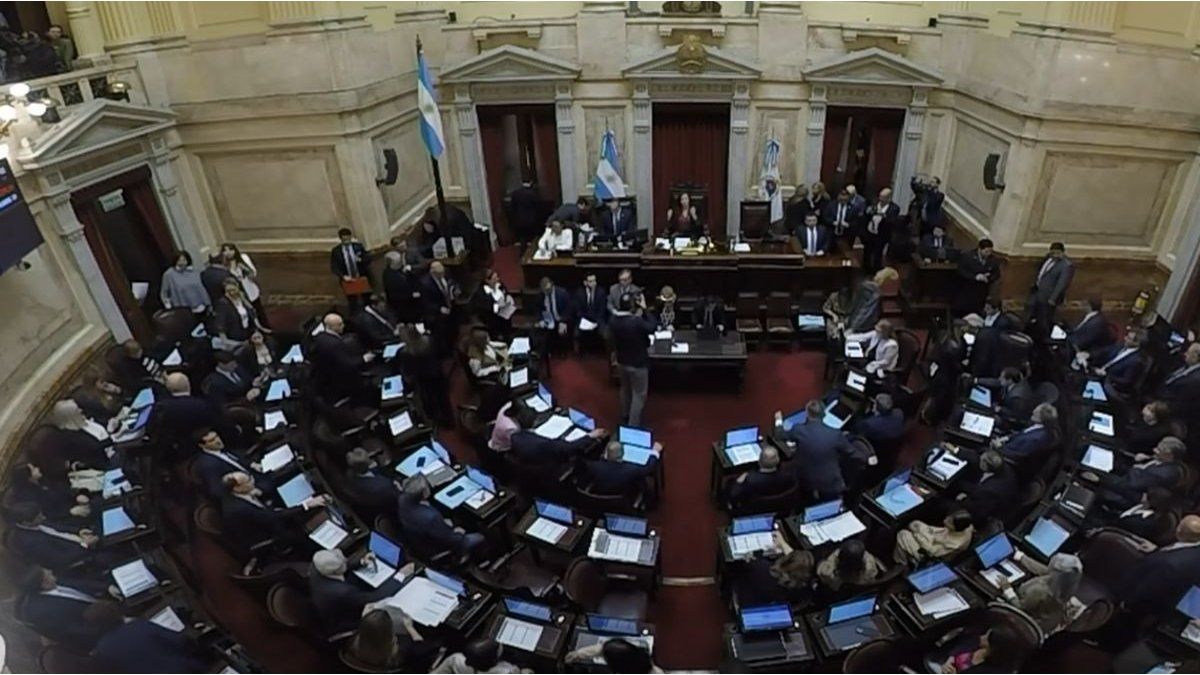It is because the thresholds set by the project – with half a sanction from Deputies – to determine whether a taxpayer’s debt is considered a crime of “evasion” are not clear and can lead to interpretation. ARCA initiates 7,000 trials per year, almost all of them for ridiculous amounts.
A little over a month ago, the Chamber of Deputies approved a reform of the Criminal Tax Law with the objective of updating the amounts from which the Customs Collection and Control Agency (ARCA) has to initiate criminal proceedings for evasion against a taxpayer who did not pay taxes.
The content you want to access is exclusive to subscribers.
As the reform has not yet been approved by the Senate, the text currently in force indicates that the crime of “simple evasion” is committed from $1.5 million in debt and that of “aggravated evasion” from $15 million. These are amounts that were set in 2017 and were not updated. The problem with this is that ARCA’s legal service has been filled with more than 7,000 trials a year, and most of them are for ridiculous amounts, which generates legal expenses and complications.


To resolve it, Deputies approved a project that changes the way of determining the “simple evasion” threshold, which becomes an amount equivalent to 345 Minimum, Vital and Mobile Wages (smvm) and the aggravated of 3,450.
but some tributarists are warning that the text can lead to confusion or interpretation, which would prevent the decrease judicialization.
Julian Ruiz, tax expert and former deputy director of Supervision of the Federal Administration of Public Revenues (AFIP) between 2020 and 2022 pointed out that “although the law is reasonable There is an issue that should be reviewed now, so that we do not start judicializing the law from the sanction itself.”
“When the law says X amount of SMVM, It must be understood that the starting amount is the one in force at the time of the sanction. It would be quite absurd to have to calculate X amount of SMVM over time retroactively,” he explained.
Ruiz points out that “If this is not clarified, well, we will litigate the new law and the courts will have to continue resolving ridiculous cases for casualties.”
As drafted, if the project becomes law, the ARCA lawyers They would have to analyze in each period and tax that a taxpayer did not pay, what was the current SMVM at the moment and make the relevant estimates.
For example, if a taxpayer had a debt generated in October 2022, the SMVM was $54,550, which implies that the simple evasion threshold would be $18,819,750 ($54,550 x 345). Instead If October 2025 were taken as a reference, it would be $111,159,000 ($322,220 x 345).
The differences between one interpretation of the law and another are important. Going back to the example, The lawyer of a taxpayer with a debt from October 2022 who has a claim of $30 million is going to ask the court that the threshold to be taken into account be $111.1 millionand therefore it would not be “evasion” but rather a common debt.
Likewise, for himARCA officials, faced with the possibility of an interpretation that implies lowering the thresholds, are going to go for it so that in the end the problem is resolved by the judge. and avoid being accused of not fulfilling their oversight function correctly.
The main changes approved in the Deputies and that now have to be dealt with by the Senate are:
- Simple evasion: it will be a crime when the amount evaded exceeds 345 SMVM per tax and annual year.
- Aggravated evasion: the threshold is raised to 3,450 SMVM, with specific aggravating circumstances such as the use of intermediary companies, undue tax benefits or apocryphal invoices (from 345 or 460 SMVM depending on the case).
- Improper use of tax benefits: it is sanctioned when it exceeds 345 SMVM in a year.
- Improper appropriation of taxes: the withholding agent who does not deposit what is withheld when it exceeds 23 SMVM per month is penalized.
- Evasion of contributions and contributions to social security: threshold at 46 SMVM per month (with aggravations from 92 and 230 SMVM).
- Misappropriation of contributions withheld from employees: also from 23 SMVM per month.
- Willful simulation of cancellation of obligations: threshold of 115 SMVM per year in taxes and 23 SMVM per month in social security.
Source: Ambito




